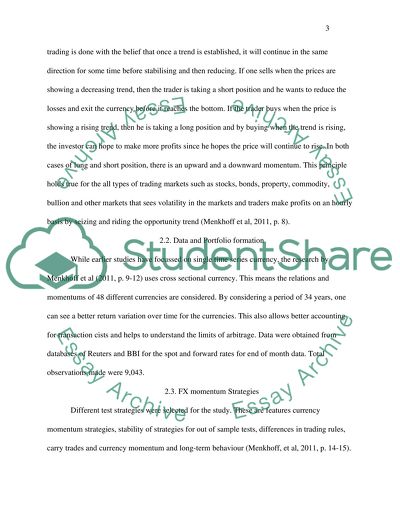Cite this document
(“International Finance. Currency Momentum Strategies Essay”, n.d.)
International Finance. Currency Momentum Strategies Essay. Retrieved from https://studentshare.org/finance-accounting/1458382-international-finance-currency-momentum-strategies
International Finance. Currency Momentum Strategies Essay. Retrieved from https://studentshare.org/finance-accounting/1458382-international-finance-currency-momentum-strategies
(International Finance. Currency Momentum Strategies Essay)
International Finance. Currency Momentum Strategies Essay. https://studentshare.org/finance-accounting/1458382-international-finance-currency-momentum-strategies.
International Finance. Currency Momentum Strategies Essay. https://studentshare.org/finance-accounting/1458382-international-finance-currency-momentum-strategies.
“International Finance. Currency Momentum Strategies Essay”, n.d. https://studentshare.org/finance-accounting/1458382-international-finance-currency-momentum-strategies.


